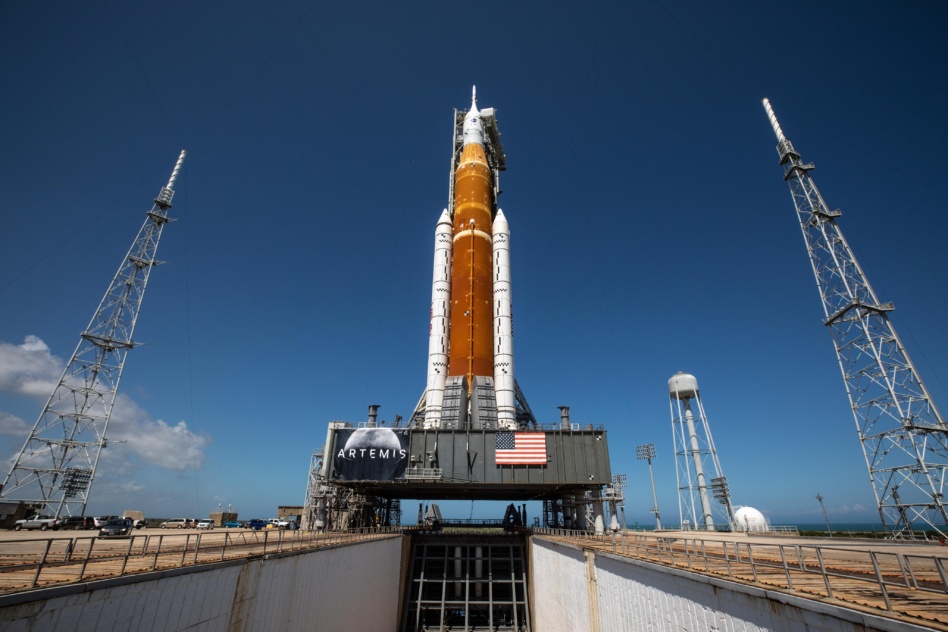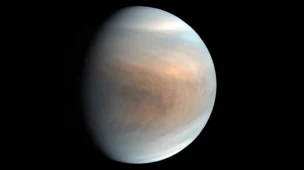As we noted last Friday, the White House has requested $27.2B for NASA next year. That’d represent a 7%—or $1.8B—increase over the 2023 enacted level.
Updated timetable: The agency’s FY 2024 Budget Request presentation gives top billing to the agency’s presence in LEO, from the ISS through CLD; establishing a “sustainable” lunar presence; and further developing “Moon to Mars” technology.
NASA also offered an up-to-date timetable for key missions and milestones. Note the ramp in Starship and SLS flights that are expected in the back half of this decade:
If you’re scratching your head looking at the acronyms on the left, allow us to help:
- ESDMD = Exploration Systems Development Mission Directorate
- SOMD = Space Operations Mission Directorate
- SMD = Science Mission Directorate
- STMD = Space Technology Mission Directorate
Dissecting directorate and top line item funding changes
NASA’s directorates and top programs would see the following budgetary boosts, if the Presidential Budget Request was enacted (a big if):
- Science would receive $8.26B in funding, a 6% boost
- Exploration would receive nearly $8B in funding, a 6.7% boost
- Space Technology would receive $1.39B in funding, a 16% boost
- Space Operations would get $4.54 in funding, a 6.7% boost
- Aeronautics research would receive $996M, a 6.5% increase
- STEM engagement would receive $158M, a 10% jump
- Safety, Security, and Mission Services and Construction and Environmental Compliance Restoration would receive $3.82B, a 7.9% increase over FY 2023 enacted levels
As The Planetary Society notes, some programs would see annual funding decreases:
- NASA requested $751M for its Heliophysics division, which is a 6.7% decrease over 2023 enacted levels.
- Meanwhile, the agency earmarked $2.5B and $1.23B for the SLS and Orion vehicles, which represent 8.5% and 3.6% decreases, respectively.
HLS: Human Landing System funding is set to substantially jump—by 27%—if the 2024 budget’s request of $1.88B is enacted.
A word on military space funding
The Pentagon’s budget requests an unprecedented $33.3 billion for the space domain.
As the DoD’s press release states, the investment will be spread across “vital space capabilities, resilient architectures, and enhanced space command and control.” Some of the investments highlighted:
- $5B to develop new missile-warning and -tracking constellations in LEO; overhead infrared space systems; and “associated ground architectures”
- $4.7B for “secure/survivable/jam-resistant capabilities” and SDA’s Transport layer
- $3B to buy an additional 15 launches and upgrade launch ranges
- $1.3B for follow-on position, navigation, and timing (PNT) and GPS support and upgrades
Finally, the Pentagon earmarked $3.3B for Space Force readiness.




